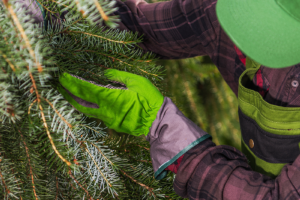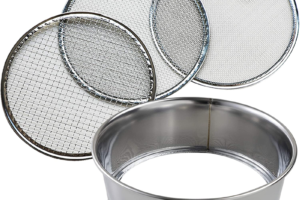Bonsai forests are a beautiful and unique way to showcase a collection of small trees in a single container. They can be created with any type of bonsai tree, and can range from simple arrangements to intricate and complex designs. Here are some tips on how to create and maintain your own bonsai forest.
First, choose your trees. When selecting trees for your bonsai forest, it’s important to consider their size, shape, and growth habits. You’ll want to choose trees that are small enough to fit in the container, but not so small that they will be overwhelmed by the other trees. You should also consider the overall design and balance of your forest, and choose trees that will complement each other.
Next, select a container. Bonsai forests can be planted in a variety of containers, from traditional bonsai pots to shallow tray gardens. The key is to choose a container that is large enough to accommodate all of your trees and allow for proper drainage. Make sure to also consider the aesthetic of the container, as it should complement the overall look of your forest.
Once you have your trees and container, it’s time to plant your bonsai forest. Start by adding a layer of well-draining soil to the bottom of the container. Then, carefully remove each tree from its pot and position it in the container. You’ll want to arrange the trees in a way that creates a sense of depth and dimension, with taller trees in the back and shorter ones in the front. After you’ve placed all of your trees, fill in the gaps with more soil and gently tamp it down to secure the trees in place.
After planting, your bonsai forest will require regular maintenance to keep it healthy and looking its best. This includes watering, fertilizing, pruning, and repotting as needed. Watering is especially important, as bonsai trees are sensitive to both over-watering and under-watering. Be sure to check the soil moisture level regularly, and water as needed to keep it evenly moist but not soggy.
Fertilizing is also important for the health of your bonsai forest. Use a balanced fertilizer, such as one with an N-P-K ratio of 20-20-20, and follow the recommended application rate on the label. You can also use a slow-release fertilizer, which will provide a consistent supply of nutrients over a longer period of time.
Pruning is essential for shaping and maintaining the size and form of your bonsai trees. Use small, sharp scissors or pruning shears to carefully remove any dead, damaged, or overgrown branches. Be sure to also remove any branches that are crossing or rubbing against each other, as these can cause damage and inhibit growth.
Finally, your bonsai forest will need to be repotted every two to three years, depending on the size and growth rate of your trees. This will allow for fresh soil and give your trees the space they need to continue growing. To repot your bonsai forest, gently remove the trees from the container and trim away any roots that have become overly dense or tangled. Then, place the trees back in the container with fresh soil and gently tamp it down to secure them in place.
With proper care and maintenance, your bonsai forest will thrive and become a beautiful and unique addition to your home or garden. Whether you’re a seasoned bonsai enthusiast or new to the hobby, creating and maintaining a bonsai forest is a rewarding and meditative experience that can bring joy and beauty to your life.







Leave a Reply
Your email is safe with us.
You must be logged in to post a comment.